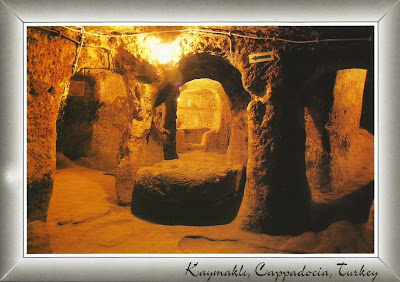http://whc.unesco.org/en/list/1283
Fortifications of Vauban consists of 12 groups of fortified buildings and sites along the western, northern and eastern borders of France. They represent the finest examples of the work of Sébastien Le Prestre de Vauban (1633-1707), a military engineer of King Louis XIV. The serial property includes towns built from scratch by Vauban, citadels, urban bastion walls and bastion towers. There are also mountain forts, sea forts, a mountain battery and two mountain communication structures. This property is inscribed as bearing witness to the peak of classic fortifications, typical of western military architecture. Vauban also played a major role in the history of fortification in Europe and on other continents until the mid-19th century.
1- Arras, Pas-de-Calais: citadel
2- Besançon, Doubs: citadel, city walls and Fort Griffon
3- Blaye-Cussac-Fort-Médoc, Gironde: citadel of Blaye, city walls, Fort Paté and Fort Médoc
4- Briançon, Hautes-Alpes: city walls, Redoute des Salettes, Fort des Trois-Têtes, Fort du Randouillet, 5- ouvrage de la communication Y and the Asfeld Bridge
5- Camaret-sur-Mer, Finistère: Tour dorée (lit. "Golden Tower") aka. Tour Vauban
6- Longwy, Meurthe-et-Moselle: ville neuve
7- Mont-Dauphin, Hautes-Alpes: place forte
8- Mont-Louis, Pyrénées-Orientales: citadel and city walls
9- Neuf-Brisach, Haut-Rhin: ville neuve/Breisach (Germany): gateway of the Rhine
10- Saint-Martin-de-Ré, Charente-Maritime: city walls and citadel
11- Saint-Vaast-la-Hougue/Tatihou, Manche: watchtowers
12- Villefranche-de-Conflent, Pyrénées-Orientales: city walls, Fort Libéria and Cova Bastera
Postcard 1 : Saint-Martin-de-Ré
Sender: famalubel, Sent on: 23 Jun, 2014, Received on: 2 Jul, 2014, Travel time: 9 days
Postcard 2 : Mont-Louis

Sender: famalubel, Sent on: 13 Oct, 2013, Received on: 23 Oct, 2013, Travel time: 10 days
.jpg)
.jpg)
.JPG)
.jpg)
.jpg)

.jpg)

.jpg)

.jpg)

.jpg)

.jpg)
.jpg)
.jpg)

.jpg)
.jpg)






























